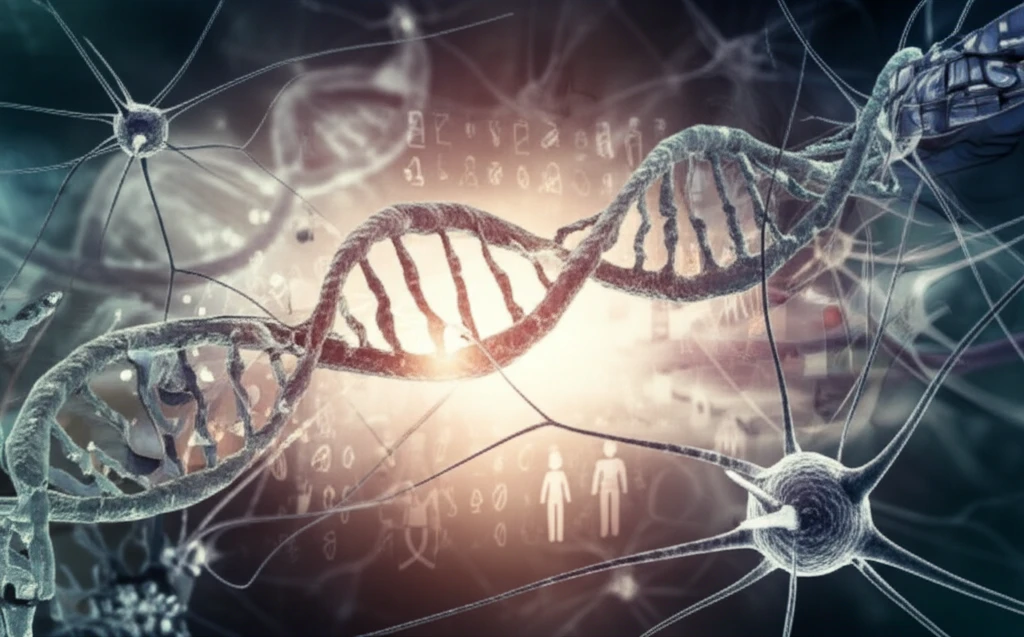
Beyond the Pill: Innovative Therapies and Pain Management on the Horizon
"A look at groundbreaking 2018 research and emerging treatments offer new hope for neuromuscular disorders and chronic pain sufferers."
The year 2018 marked a turning point in the approach to treating neuromuscular disorders and chronic pain. While traditional methods have offered limited success, groundbreaking research has paved the way for innovative therapies that target the root causes of these conditions. This article explores the exciting developments of 2018, offering a glimpse into the future of patient care.
For neuromuscular disorders, gene therapy emerged as a frontrunner, with techniques like CRISPR-Cas9 holding the potential to correct genetic defects. Meanwhile, in the realm of chronic pain, researchers began to shift their focus from broad-based treatments to personalized approaches that address individual pain mechanisms. These advancements promise more effective and targeted interventions, minimizing side effects and improving patient outcomes.
This article will delve into the specifics of these innovative therapies, examining the science behind them and their potential impact on patients' lives. We will explore the promise of gene editing for neuromuscular diseases, the rise of personalized pain management strategies, and the challenges and opportunities that lie ahead.
Gene Therapy: Rewriting the Code for Neuromuscular Disorders

Traditional methods of treating neuromuscular disorders often address the symptoms rather than the underlying genetic causes. However, recent advancements in gene therapy offer a revolutionary approach by directly targeting and correcting these genetic defects. One of the most promising techniques is the CRISPR-Cas9 system, which acts like a molecular "scissors" to precisely edit DNA sequences.
- ALS: Research on a transgenic mouse model of amyotrophic lateral sclerosis (ALS) demonstrated that CRISPR-Cas9 therapy could reduce the concentration of mutant SOD1 protein, delay the onset of symptoms, and extend survival rates.
- Duchenne Muscular Dystrophy: Studies in canine models of Duchenne muscular dystrophy have shown that CRISPR-Cas9 can substantially increase dystrophin concentrations and improve muscle histology.
A New Era of Hope for Neuromuscular Disorders and Chronic Pain
The research breakthroughs of 2018 have ushered in a new era of hope for individuals living with neuromuscular disorders and chronic pain. Innovative therapies like gene editing and personalized pain management strategies offer the potential for more effective and targeted treatments, minimizing side effects and improving patient outcomes.
While challenges remain in terms of safety, affordability, and accessibility, the progress made in 2018 is undeniable. As research continues and these therapies advance, we can anticipate a future where these debilitating conditions are more effectively managed, allowing patients to live fuller and more productive lives.
The key takeaway is that 2018 laid the groundwork for incredible advancements. The practical use of gene therapy in neuromuscular disease and the ability to accurately assess pain mechanisms in patients have opened doors that will lead to huge strides in the next few years.
